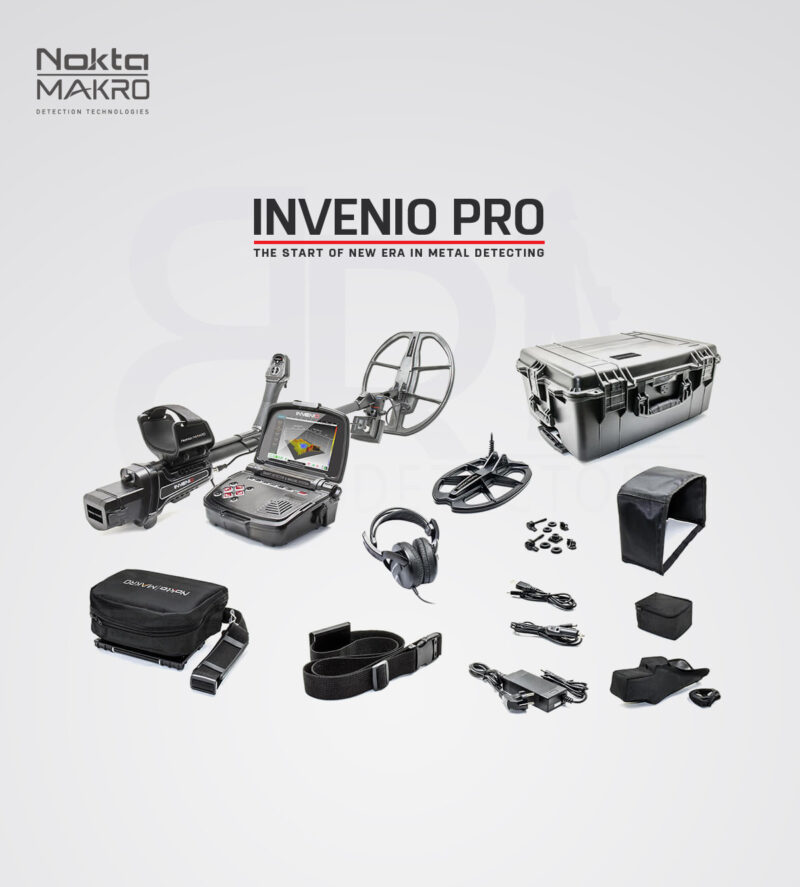For centuries, people have dreamed of uncovering hidden treasures beneath the soil. Today, modern technology has turned that dream into reality with gold detectors capable of locating nuggets, veins, and even buried artifacts. But if you’ve ever browsed the market, one thing quickly becomes obvious: the gold scanner detector price can vary drastically from one model to another. Some machines cost just a few hundred dollars, while advanced detectors can reach several thousand. Why is there such a big difference?
Understanding these variations is essential for anyone serious about gold prospecting. Let’s explore the key factors behind pricing, what makes one detector more expensive than another, and which features actually matter when choosing the right tool for your needs.
Sensitivity and Detection Capabilities
The first and most important factor driving cost is sensitivity. Entry-level detectors can detect large objects at shallow depths, but they often struggle with small gold flakes or nuggets buried deep in mineralized soil. Advanced machines are engineered with specialized coils, powerful processors, and software algorithms that maximize sensitivity to even the tiniest particles.
If your goal is serious prospecting, especially in regions where gold is found in small flakes, investing in a high-end machine pays off. This is why buyers closely compare gold scanner detector price before making a decision—they want to know how much more performance they gain for the additional cost.
Ground Balance and Soil Adaptability
Another major factor behind price differences is how a detector adapts to ground conditions. Gold is often found in areas with high mineralization, like iron-rich soils or regions near saltwater. Cheaper detectors often produce false signals in these environments, frustrating users and wasting valuable time.
High-end detectors, however, are equipped with automatic or manual ground balancing features. These systems filter out background noise from the soil so the machine can focus only on genuine targets. Professional-grade devices like the Invenio Pro are built specifically to handle these conditions, offering both depth and accuracy that budget options cannot match. This adaptability is one of the key reasons why advanced models carry a higher price tag.
Frequency and Depth Range
The operating frequency of a detector also influences its price. Lower frequencies penetrate deeper into the ground but are less sensitive to tiny particles, while higher frequencies are excellent for detecting small nuggets close to the surface. Premium detectors often feature adjustable frequency settings, giving users flexibility across different terrains and conditions.
Depth range is another consideration. Some detectors are designed to scan several meters underground, making them ideal for serious treasure hunters searching for large deposits or relics. The engineering and technology required for this kind of performance inevitably increase costs.
Build Quality and Durability
Prospecting isn’t done in a controlled environment—it often means hiking across rugged terrain, working under the sun for hours, and sometimes dealing with water or dust. Build quality, therefore, plays a critical role in pricing.
High-end detectors are built with rugged materials, ergonomic designs, and weather-resistant housings. Waterproof coils, shock-resistant bodies, and long-lasting batteries all contribute to higher costs, but they also ensure the detector lasts for years under heavy use. A budget detector may look appealing initially, but replacing or repairing it frequently can end up costing more in the long run.
Advanced Features and Technology
Modern gold detectors are no longer just “beep and dig” machines. Advanced models integrate cutting-edge features such as 3D imaging, digital displays, GPS tracking, and even wireless connectivity. These features not only make detecting easier but also provide users with accurate data that can guide smarter decisions in the field.
For example, 3D imaging allows a detector to visualize underground structures, helping distinguish between valuable metals and junk. While these features may not be necessary for beginners, they are game-changers for professionals, and they significantly increase the price of the detector.
Brand Reputation and After-Sales Support
Finally, brand reputation and customer support also play a role in pricing. Established brands that invest heavily in research, testing, and customer service typically charge more for their products. However, this premium often comes with peace of mind—knowing you’re purchasing reliable equipment backed by warranties, spare parts availability, and technical assistance.
Cheaper, off-brand detectors might save you money upfront but can leave you stranded if something goes wrong. In a field as technical as gold prospecting, after-sales support can be just as valuable as the machine itself.
Choosing the Right Detector for Your Needs
So how should you decide which detector to buy? The answer lies in balancing your budget with your prospecting goals. If you’re a hobbyist who enjoys weekend hunts, a mid-range model may be all you need. But if you’re serious about uncovering valuable finds in mineralized soils, investing in advanced machines like the Invenio Pro is worth considering.
Ultimately, it’s not just about how much you spend, but about how much value you get for your money. A detector with strong sensitivity, reliable ground balance, and durable construction can open the door to discoveries that a cheaper machine might miss.
Conclusion
The wide variation in gold scanner detector prices comes down to differences in sensitivity, soil adaptability, frequency, depth, build quality, advanced features, and brand reliability. While entry-level models are fine for casual users, serious prospectors often need the precision and performance of higher-end equipment.
By understanding what drives pricing, you can make an informed decision that matches your prospecting style and budget. Whether you’re a beginner or a professional, investing in the right machine ensures that every outing carries the potential for discovery.




